QA/QC – Trust But Verify
QA/QC – Trust But Verify
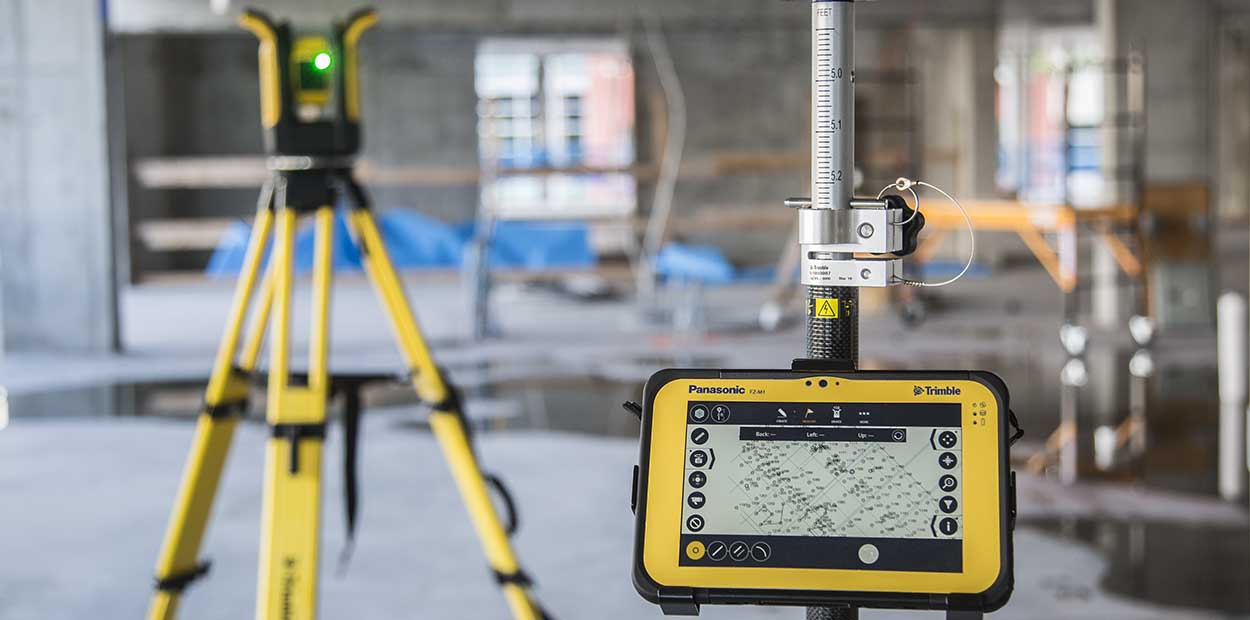
The construction process is a symphony. Sometimes it’s a little out of tune. Sometimes it’s a little out of sync. But at the end of the day, a job can be judged by the synergy that’s present everyday, in the trailer and out on the deck.
So as a contractor and a manager, how do you ensure that your job is progressing as you have envisioned or planned? This question is one of the guiding decisions behind the creation behind the creation of the Trimble RPT600. With a simple, easy-to-use workflow, managers and field supervisors can quickly and easily verify work and production throughout every stage of the construction process. With the Trimble RPT600, powered by the field-tested Trimble Field Link software, managers can easily view, verify, and report against in-field progress across all of the structural and speciality trades, giving you immediate insight and feedback that drives better decision making and real-time adjustments.
And that ensures that your project stays in tune.
Who, What, When, Where?
Who, What, When, Where?

These questions keep project and safety managers up at night. In today’s fast-paced construction process, it also means the difference between profit and loss, as well as finishing the job on time.
With Trimble CrewSight, you can harness the answers to these questions, and make the data work for you. Labor, trade, and company-based reporting can unlock your understanding and visibility on your job site, while also adding security and peace-of-mind knowing precisely who is on-site, and sometimes more importantly… who isn’t.
Leveraging the power and capabilities of both traditional RFID and Bluetooth beacons, Trimble CrewSight can help you answer the fundamental manpower questions that can help your project stay on track.
100% Trimble. 100% Affordable.
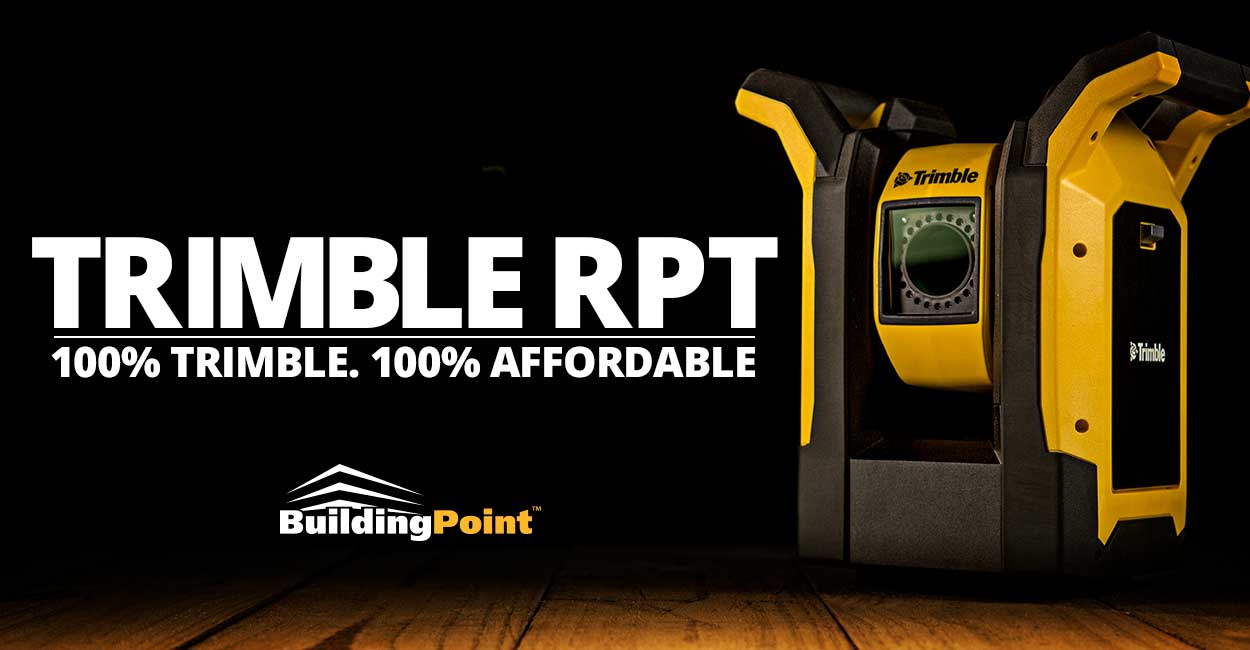
Workflow matters. So does simplicity. When you are able to successfully fuse these two elements together the results can significantly impact your bottom line. And that’s the why Trimble created the RPT600. Unmistakably Trimble, this revolutionary total station represents the next generation of positioning solutions.
Engineered upon an entirely new platform, the Trimble RPT600 is built upon years of industry feedback and insight, resulting in the creation of an automated layout solution that happily exists between your current workflows and processes, and the future, where your business is headed.
Accurate, remarkably fast layout? Check. World-class QA/QC tools? Yup. Contractor-focused workflow? Uh-huh.
It’s the Trimble RPT600. And it’s 100% purpose-built for construction.
Sometimes You Just Need A Moat
Sometimes You Just Need A Moat

As a society we’ve largely moved past the idea of large bodies of water protecting our property, but in today’s construction environment, the basic idea of access control well… it’s still a valid idea.
With Trimble CrewSight, your job site can benefit from a custom-tailored site security and access control solution. From traditional card readers, to hardened turnstiles, to vehicle access gates and guard sheds, Trimble CrewSight is the only truly customizable platform for robust construction site access and security.
And because it’s built upon CrewSight’s scalable and easy-to-use software platform, you can build out a solution that works within your budget and project requirements. Once implemented, you will have complete visibility and reporting throughout the entire project duration. Manpower reporting, emergency and insurance compliance, and most of all, peace of mind.
Moats probably aren’t the right idea for your next project. But let’s face it, the idea holds water.
Trimble XR10 Reservations Are Now Available!
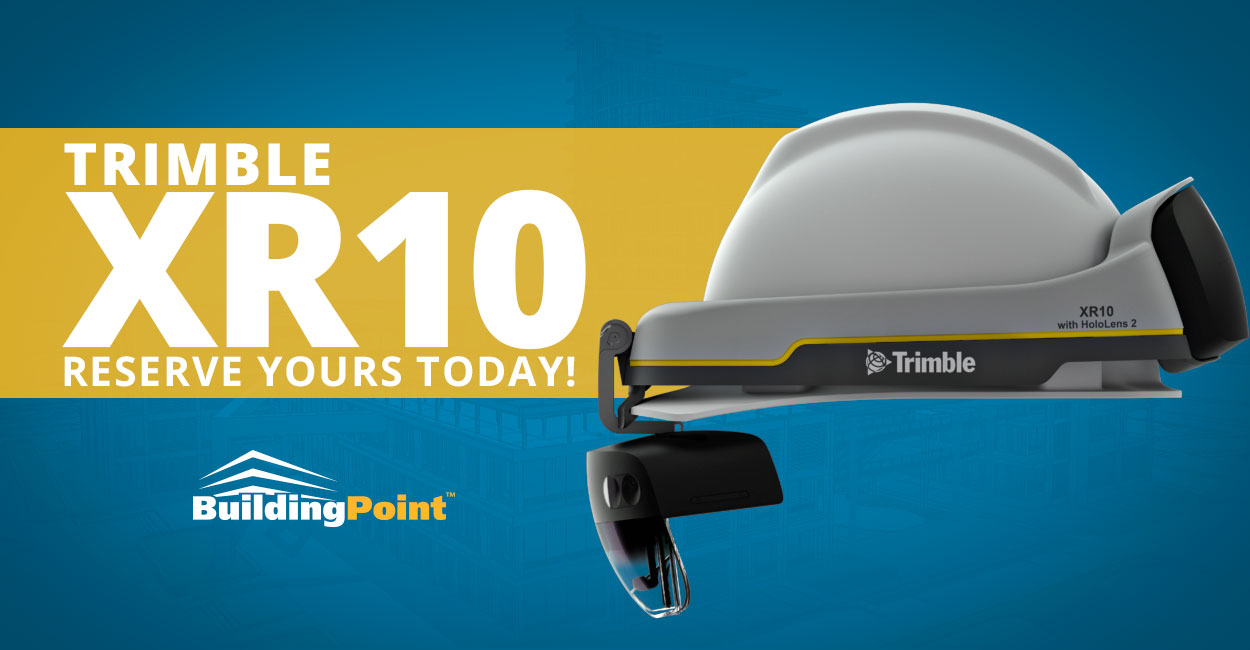
The Trimble XR10 with HoloLens 2 brings mixed reality right to the front line, enabling workers in safety-controlled environments to access model data directly on site.
Together with Trimble’s suite of mixed reality software and services, the device enables new field-oriented workflows to leverage 3D content in daily work tasks to improve efficiency, productivity and quality of work. The Trimble XR10 is tailor-made to bring state-of-the-art mixed reality to where your work gets done.
Sign up below to reserve your spot to purchase a Trimble XR10 when it launches!
Introducing The Trimble T10: Built For Big Jobs.
Trimble T10 – Built For Big Jobs.
The Trimble T10 tablet is built for big jobs, and excels as the premiere tablet solution for contractors. With a multitude of connectivity options, including Wi-Fi. 4G LTE cellular, and a 2.4GHz radio, the T10 can be paired with your Trimble RTS or GNSS solution, and will keep you connected. Featuring best in class processing power, and a large daylight readable screen, the Trimble T10 is perfect for those who need a workhorse tablet in the field.
To learn more about the Trimble tablet family, contact your local BuildingPoint representative, or click the link below.
Happy Holidays From BuildingPoint!
Happy Holidays
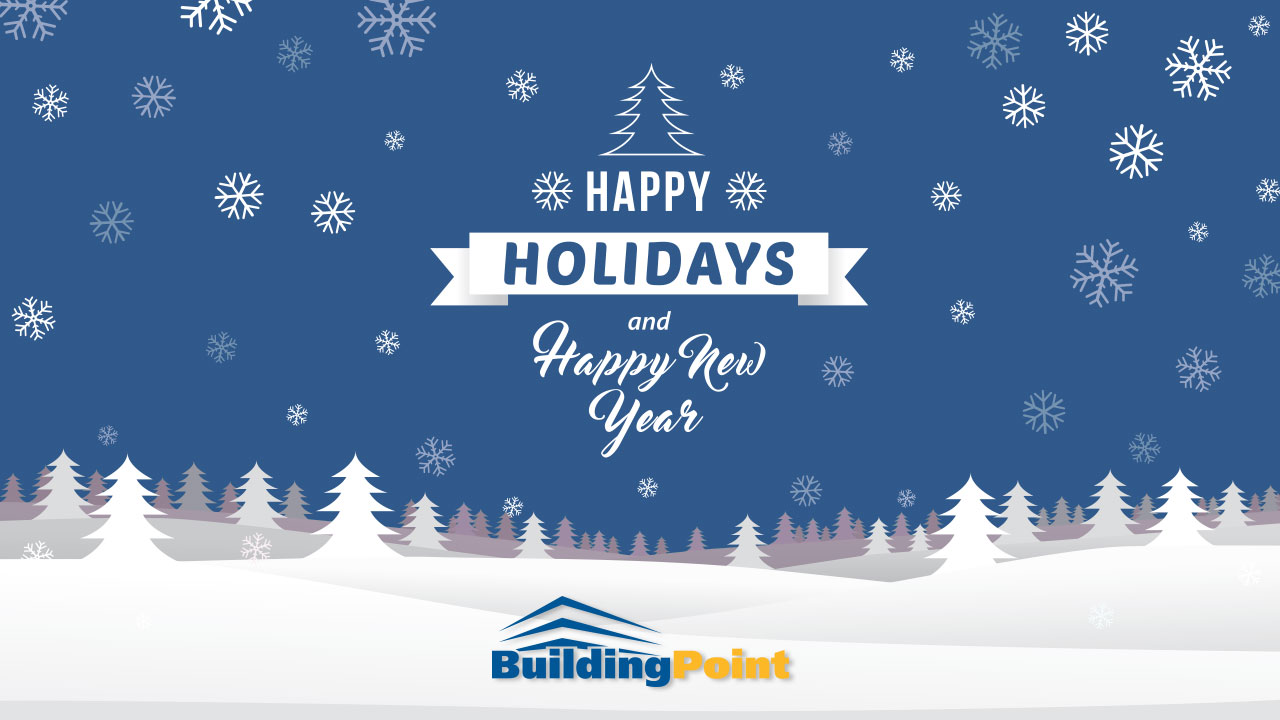
As the year winds down, we wanted to take a break from the hustle and bustle of the holiday season and say thanks to all of our partners for making 2018 a great year. From all of us here at BuildingPoint, Happy Holidays!
Help Your Estimates Navigate Every Twist And Turn
Help Your Estimates Navigate Every Twist And Turn.
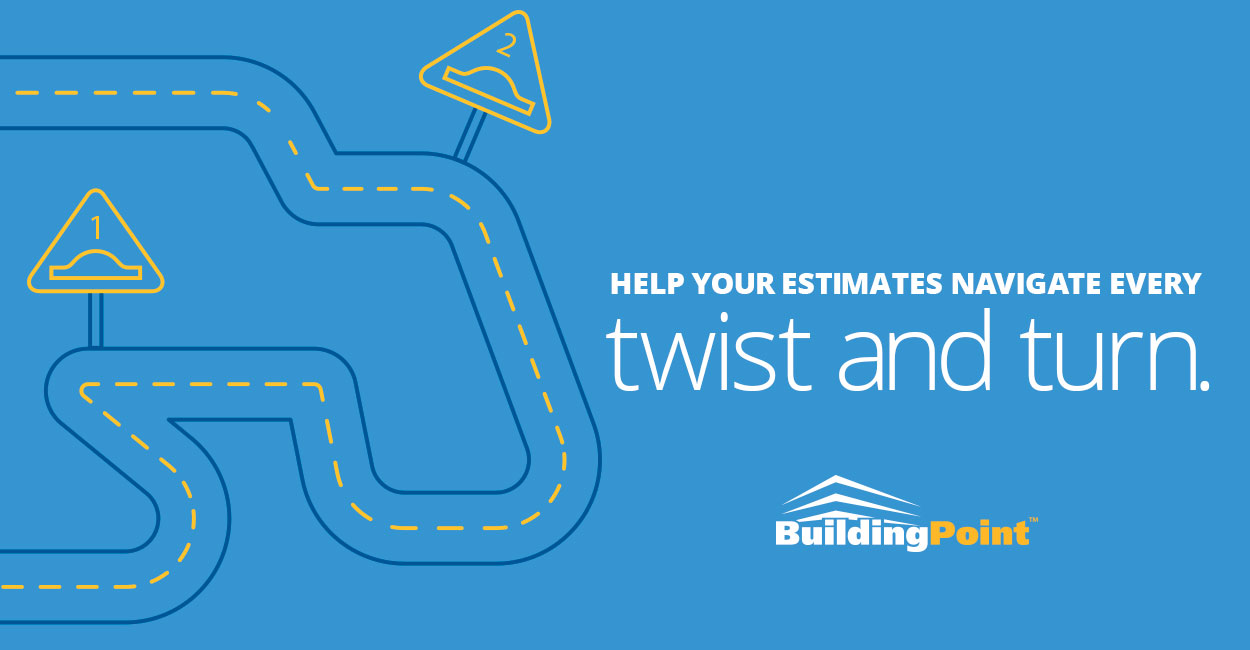
If your construction company wants to grow, taking on larger projects is a strategic way to do so. But you must be prepared for the complexities that larger projects present. This may require upgrading your estimating approach, especially if you’ve been using spreadsheets. While spreadsheets are powerful tools, they’re inadequate for the construction estimating process—and could be hurting your chances of taking on bigger projects. If your company’s having a hard time competing on bids for larger construction projects—or you’re afraid to even try—you can position yourself for success by avoiding these three critical mistakes.
Mistake #1: You lack a standardized estimating process
When you lack a standardized estimating process, you’re at a disadvantage from the get-go. Because you don’t have a consistent and repeatable method to follow, your estimates take longer to produce, they’re harder to review, and they’re more likely to have errors. If you’re relying on spreadsheets, you’re at even greater risk. Experts estimate that 94% of spreadsheets contain errors, meaning that 9 out of 10 of your own estimates could have potentially costly mistakes.
It’s not surprising really. Spreadsheets lack the essential features you need to create accurate estimates, like automatic takeoff capabilities and pre-built cost assemblies. There’s also no versioning history to track where mistakes were made, and no audit functionality to catch them. The problems with spreadsheet estimates are only magnified on larger-scale projects. Because there is more complexity, you’re at greater risk of forgetting to factor in additional, non-standard costs that can affect a project’s profitability.
The Remedy
- Develop and implement a repeatable and consistent process for creating your estimates.
- Leverage pre-built cost assemblies to minimize errors of omission.
- Create an audit trail to catch potentially costly mistakes, before they make it into the GMP estimate.
By following a standard and consistent process, you’ll be equipped to produce more complex estimates with accuracy and confidence. More construction companies are ditching spreadsheets in favor of database-driven estimating tools. Learn more in the FREE eBook.
Mistake #2: You’re relying on tribal knowledge
If you don’t have a standardized estimating process, you’re likely relying more on tribal knowledge than a consistent methodology to produce your estimates. This puts you at the mercy of your most experienced estimator to ensure your bids are accurate and thorough. This might have worked until now, but continuing to rely on tribal knowledge will put you at a disadvantage when it comes to competing for bigger projects. When you’re vying for a large project, you need all hands on deck. If you’re leaning too heavily on your top estimator, you’re not able to fully utilize your team.
If your most experienced estimators’ knowledge and experience isn’t being captured and transferred to junior estimators, you’re also at risk of losing this valuable intellectual property. And you’re missing a prime training opportunity. This knowledge is essential to the growth and success of your estimating team, which directly affects your ability to compete for larger projects. If you’re relying on basic spreadsheets, you’re exacerbating this issue. Spreadsheets inherently lack collaboration functionality, so your estimators are more inclined to work individually and develop their own ways of doing things.
The Remedy
- Document the tribal knowledge of your best estimators and incorporate it into a standardized estimating process.
- Use an estimating tool that facilitates collaboration among team members.
When you can leverage your whole team, you’re able to more accurately and efficiently produce the complex estimates that large projects require.
Mistake #3: Your estimates and reports are one-size-fits-all
A bigger construction project doesn’t merely have a larger build and budget. It also has more stakeholders, each with different perspectives and priorities. Beyond the owner, these stakeholders may include investors, engineers, architects, project managers, specialty contractors, zoning boards and oversight committees. Each of these stakeholders has unique concerns and could influence if you win the project. If you’re relying on spreadsheets to create your construction estimates, you’ll be hard-pressed to deliver the customized reports they expect. You also lack the robust filtering capabilities to deliver estimates in an owner’s preferred and standardized bid package format.
One-size-fits-all spreadsheet estimates also hinder your ability to value engineer. Without a standardized estimating process, you can’t easily test and evaluate options to identify areas where you can increase value by reducing costs. Value engineering might reveal that there are lower-cost materials that offer higher durability, or specialty contractors that can help you complete the project faster. But spreadsheets don’t facilitate this process.
The Remedy
- Leverage an estimating tool with coding and filtering capabilities to facilitate customization of estimates.
- Incorporate value engineering to demonstrate to owners and influential stakeholders your commitment to delivering the best value for the budget.
From the conceptual bid through project completion and post-project audit reporting, your ability to respond to stakeholder needs and interests is key to winning larger projects.
Prepare to win bigger construction projects
You can compete for and win larger projects, but first you must avoid the mistakes that can set you up for failure. You need:
- A standardized and consistent estimating process, so you can confidently and quickly create estimates.
- A collaborative approach that allows your entire team to contribute to complex estimates.
- The ability to customize how you present information, so you can deliver the specialized estimates and reports needed to satisfy multi-stakeholder teams.
For more ways to gain the competitive edge with your construction estimates, get the FREE eBook.
Trimble RTS – Built For Buildings
Trimble RTS – Built For Buildings
Built on the foundation of Trimble’s long standing success as the pioneer of the Robotic Total Station, the Trimble RTS family is the ultimate total station for contractors. From a long range EDM, to Trimble Vision, to a focusing green beam for precision layout, the Trimble RTS family of Robotic Total Stations was designed for the needs of building contractors. Simply put, the Trimble RTS was built for buildings.
To learn more about the Trimble RTS family, contact your local buildingpoint representative, or click the link below.
